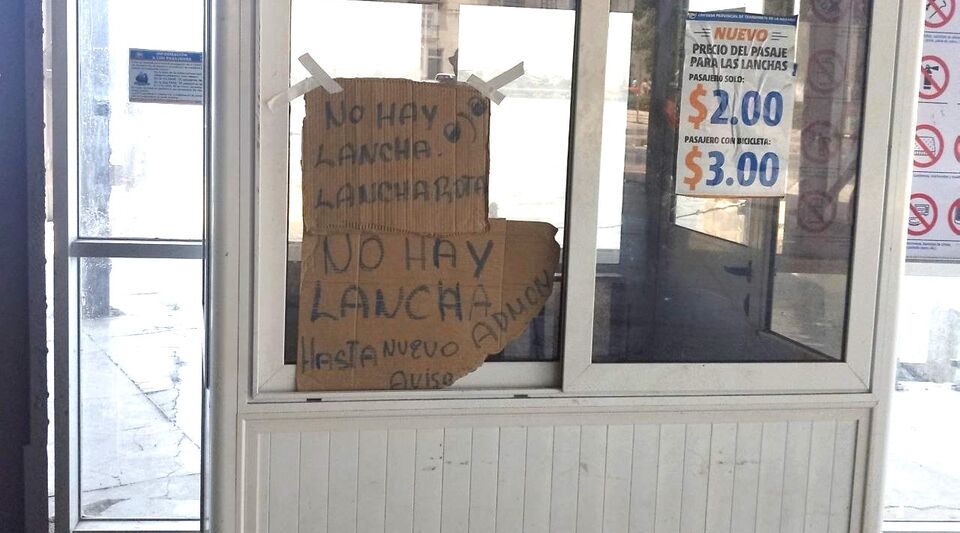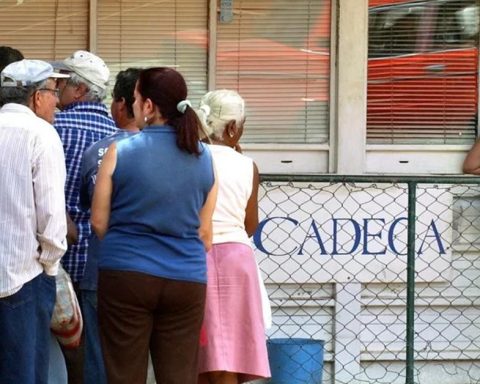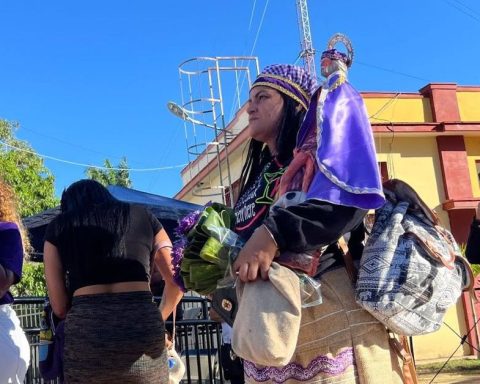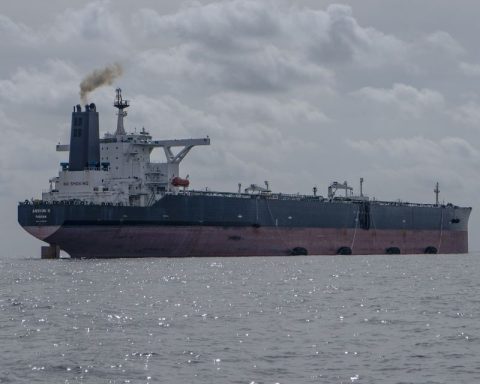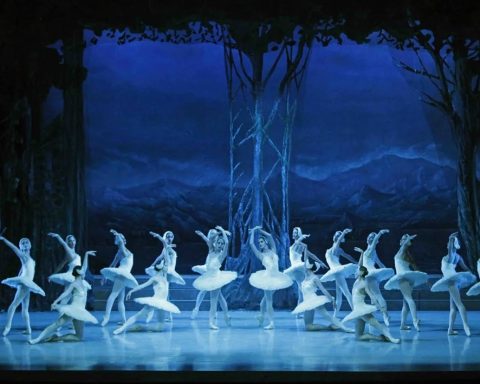The empty pier and the main entrance converted into a slushie stall was the panorama found by those who approached the Old Havana pier this Wednesday from where the boat that connects with the town of Regla departs. The journey by sea is canceled “during the month of July, because the boats are out of service”, has reported the local press.
“It is expected to partially reactivate the maritime service in the month of August, with the commissioning of a boat,” he adds Havana Tribune about a collapse that had been seen coming for months. Last May, 14ymedio alerted about the poor state of the ship and the lack of maintenance of the piers on both shores.
At that time, the only boat that was running only left every hour, and upon arrival in Regla, passengers had to go in single file and carefully across the rusty bridge that leads to the street, under penalty of falling through one of the many holes. of the structure. But the situation has bottomed out this month, leaving travelers traveling between the Cuban capital and Regla without a maritime connection.
The ship of the pier, on the Havana shore, has become a refuge for those who wait at the nearby bus stop
The pier ship, on the Havana shore, has become a refuge for those who wait at the nearby bus stop. “At least here I can be in the shade,” commented a man who had bought a ice cream at the entrance and had stayed for a few seconds reading the crude sign announcing: “There is no boat. Boat broken until further notice “.
The hardest blow has been taken by the Reglanos who work in the capital. “It is true that the service was getting worse, but the journey by sea is much shorter than going by bus through the rings of the port, that path is exhausting,” acknowledges a worker from the Aguas de La Habana company who makes the commute each day to his office.
“What has happened here is a lack of attention, as with everything,” the woman comments to this newspaper. “If they had handed over to the boats at her due time, we would not have reached this point where the damage is almost irreversible,” she laments. “In the end, those of us who lose are the most in need of having this service running, in short, the working people.”
The boat also offers greater ease to transport bags, bicycles or other belongings that are difficult to transport in a bus or are not allowed. So the cancellation of your trips cuts short part of the movement of products and merchandise between the two points. The devotees of the Virgin of Regla who visit the church consecrated to this saint, who is syncretized with Yemayá in Santeria, also take the worst part.
“If Regla was depressed by the lack of tourists, now she is even more depressed, because without the boat fewer visitors arrive,” says Arnaldo, a santero living near the town’s main park who earns his living doing consultations and spiritual work “for everyone who needs the orishas to help them”, he emphasizes.
The word that the boat is not working has spread on both shores and every day fewer people come to the piers, a low influx that contrasts with the bustle that existed before in those parts of the Havana bay. It was precisely around the pier in Old Havana where the social outbreak of August 5, 1994 began, known as the maleconazo.
In a year in which the economic crisis of the Special Period was at its hardest, several attempts to hijack that boat fueled the hope of “leaving on the next little boat for Miami.” Hundreds of people gathered around the pier to try to board the boat, but a police operation suspended the trips and tried to disperse the crowd.
When the Police canceled the departures of the boat and closed the pier, the unrest of the people turned to the Malecón avenue and Galiano street
When the Police canceled the departures of the boat and closed the pier, the unrest of the people turned to the Malecón avenue and Galiano street, where they broke windows, turned over garbage containers and shouted anti-government slogans. Until that moment, in its then three decades in power, Fidel Castro’s regime had never experienced such questioning on the streets. It would take almost three more decades for those demonstrations to be surpassed by those of 11J 2021.
After the Maleconazo, the piers were militarized and the pier was extensively renovated, but with the passage of time and the lack of maintenance, the control measures were relaxed and the pier structures were filled with rust.
This month of July the boat has finally stopped and the passengers who used it so much fear that it is not a matter of a break of just a few weeks. Many believe that it is the end of the picturesque boat, with its blue and white colors, which for decades has formed part of the landscape of the Havana bay.
________________________
Collaborate with our work:
The team of 14ymedio He is committed to doing serious journalism that reflects the reality of deep Cuba. Thank you for accompanying us on this long road. We invite you to continue supporting us, but this time becoming a member of our newspaper. Together we can continue transforming journalism in Cuba.
